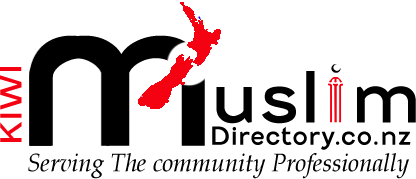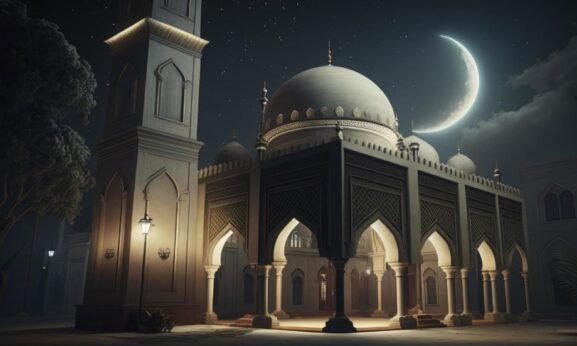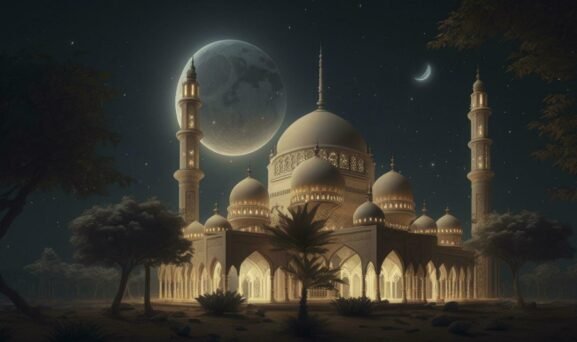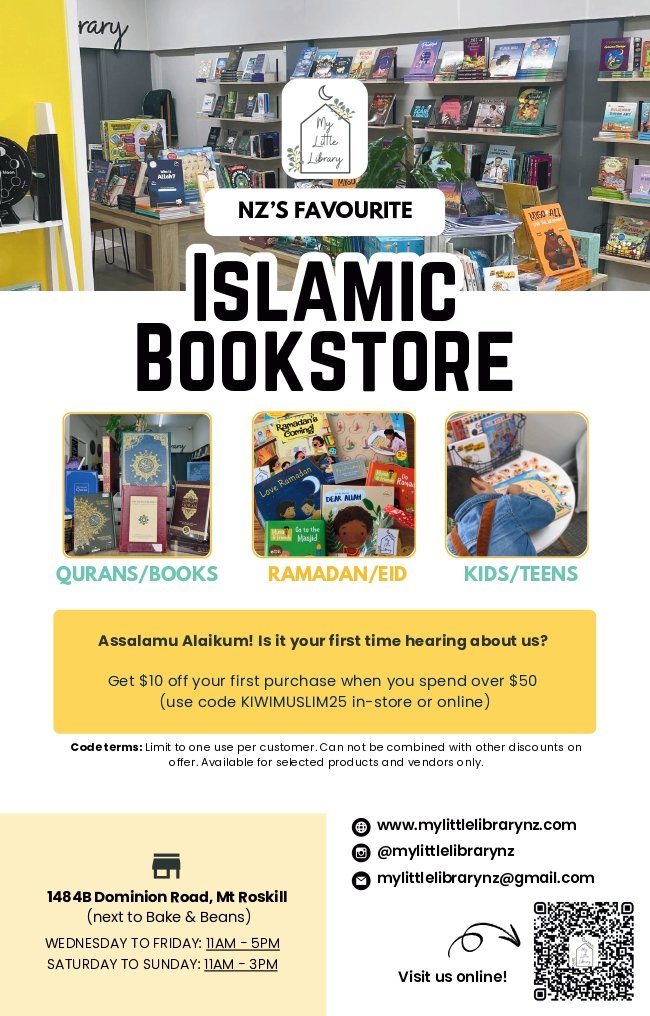The Table Spread: A Short History of the Muslims of New Zealand – 2019
THE TABLE SPREAD: A SHORT HISTORY OF THE MUSLIMS OF NEW ZEALAND
History in NZ continued .. – 2019
The first Muslim family to settle permanently in New Zealand arrived in April 1854, when Wuzerah and Mindia, and their sons, arrived from India. They settled in Cashmere, in the Canterbury province, to work for Sir John Cracroft Wilson (1808-1881), a retired Anglo-Indian civil servant. Wuzerah was also involved in transporting stone from the Port Hills to the Christchurch Cathedral when it was constructed. He died in 1902 and was buried in Sydenham, Christchurch.
From the 1890s onward men from the Punjab and Gujarat regions of India started arriving and after the 1930s some of these men or their sons began to bring out wives and children. The first Islamic organisation in this country was created in 1950 when the “New Zealand Muslim Association” (NZMA) was formed in Auckland. At the time there were around 200 Muslims in the entire country. In 1951 the MS Goya brought dozens of Muslim refugees from eastern Europe to Wellington. In 1959 the NZMA acquired a property for use as an Islamic Centre in central Auckland and the following year Maulana Ahmed Said Musa Patel (1937-2009) arrived from the Gujarat to serve the NZMA as the first official Mullah. The Association erected the first purpose-built mosque in New Zealand over 1979-1980, in Ponsonby, central Auckland.
Over the 1960s and 1970s there was an influx of east European, Asian and Fiji Indian migrants, refugees and students who made various contributions to the different Muslim communities across the country. Over 1962-1964 the Wellington-based “International Muslim Association of New Zealand” (IMAN) was formed and in 1977 the “Muslim Association of Canterbury”. In 1969 the first Tablighi Jama’at visited New Zealand and in 1976 they arranged their first annual Ijtema gathering.
In 1979 there were around 2000 Muslims in all New Zealand and agents of the various Muslim Associations convened to construct a nation-wide Muslim organisation to co-ordinate communal affairs at a national level, particularly with regard to the Halal meat issue. In April 1979 the “Federation of Islamic Associations of New Zealand” (FIANZ) was created and in 1984 the Federation secured its first annual Halal meat contract with the NZ Meat Producers Board. In 1982 Sheikh Khalid Kamal Abdul Hafiz (1938-1999) from India arrived to serve as Imam in Wellington. Within a few years he was appointed senior spiritual advisor to FIANZ.
From the 1980s onwards, there has been a steady growth in the number of Muslim immigrants, refugees and students. There has also been a corresponding increase in the scope, size and number of Muslim agencies, institutions and organisations, particularly in Auckland. For instance the Islamic Education and Dawah Trust was created in 1990 and currently operates the Al Madinah School and Al Zayed Girls College in Mangere, Auckland. That same year the Islamic Women’s Council of New Zealand was set up and registered with FIANZ in order to provide Muslimah with a greater voice in communal affairs.
The first purpose-built mosque in the South Island was erected over 1984-85 by the Muslim Association of Canterbury. In 2004 they hosted the National Islamic Converts Conference. The Otago Muslim Association was formally registered in July 1995 and the Southland Muslim Association in April 2008.
According to the 2013 census there are presently 47,799 Muslims in New Zealand: around 21% were born in the Pacific Islands, 25% in New Zealand, 23 % in Africa and the Middle East and 26% in Asia. These statistic revealed that over 32,000 Muslims live in Auckland and that 20,000 Muslims in New Zealand identified as Asian.
In the final analysis the peaceful flag of Islam has been flying inconspicuously in New Zealand for over 170 years. The one persistent characteristic of the Muslim minority in New Zealand is the fact that it is composed of several intersecting and developing communities – a multitude of races, nationalities and languages. The New Zealand Muslim population is extremely heterogeneous and diverse. Historically then, progress here has been achieved in every field through an appreciation, toleration and integration of communal differences.
For further information, see:
Abdullah Drury, “Mahometans on the Edge of Colonial Empire: Antipodean Experiences” in Islam and Christian–Muslim Relations, Volume 29, Issue 1, pp. 71-87.
Sheppard, William, “New Zealand’s Muslims and Their Organisations”, New Zealand Journal of Asian Studies Volume 8, Number 2 (December, 2006), pp. 8–44.
Published in 10th Edition – 2019





